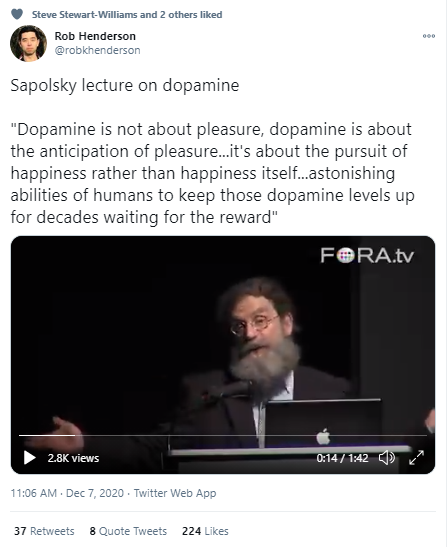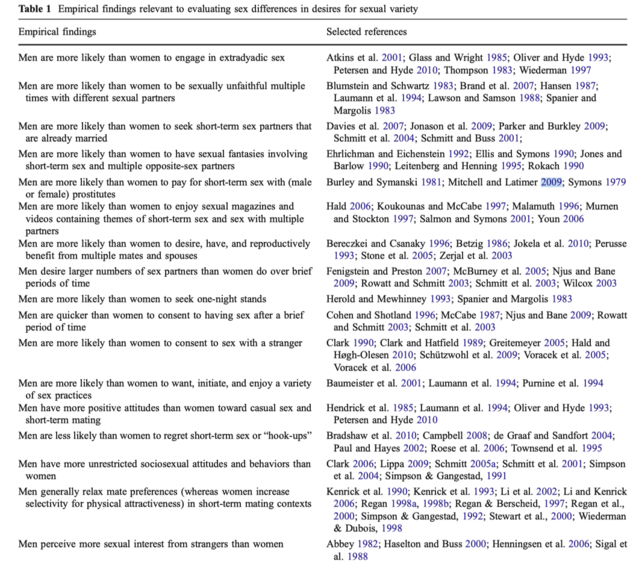Race Conscious “Solution” to the Limited Supply of COVID Vaccines
I've often argued that we need to refocus, to consciously move back toward the central mission of Martin Luther King:
“I look to a day when people will not be judged by the color of their skin, but by the content of their character.”
~From MLK's “I have a dream” speech
It's distressing to see so many loud voices arguing for the opposite, demanding that we need to become ever more conscious of "race" and claiming that we have made no meaningful progress since the Civil War or since the early 1960s.
Basing anything on "race" is always a massively erroneous and ultimately destructive miscategorization. It will lead to endless strife and mistrust because "race" tells us nothing meaningful about any of the people with whom we share this planet. There is only one way to get to know each other: Taking the time to learn about each other, one at a time. Using "race" as a proxy as a shortcut for this hard work is inevitably destructive. In its simplistic detachment from real-world facts, sorting people based on "color" is akin to basing public policy on phrenology or astrology.
The above is a short prelude for a recent proposal regarding prioritizing people for the COVID vaccine, pointed out by Andrew Sullivan:



